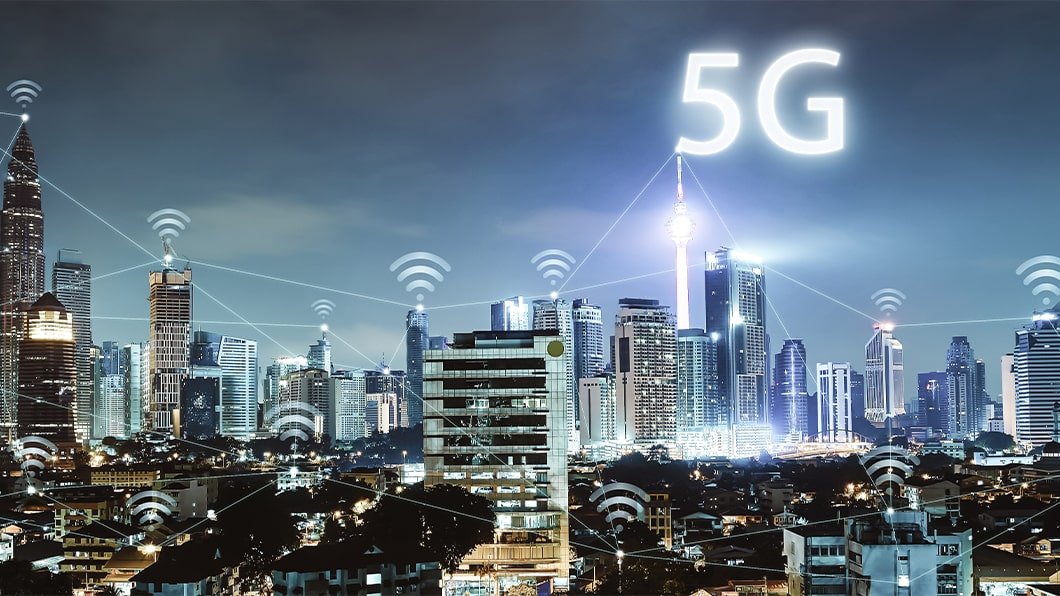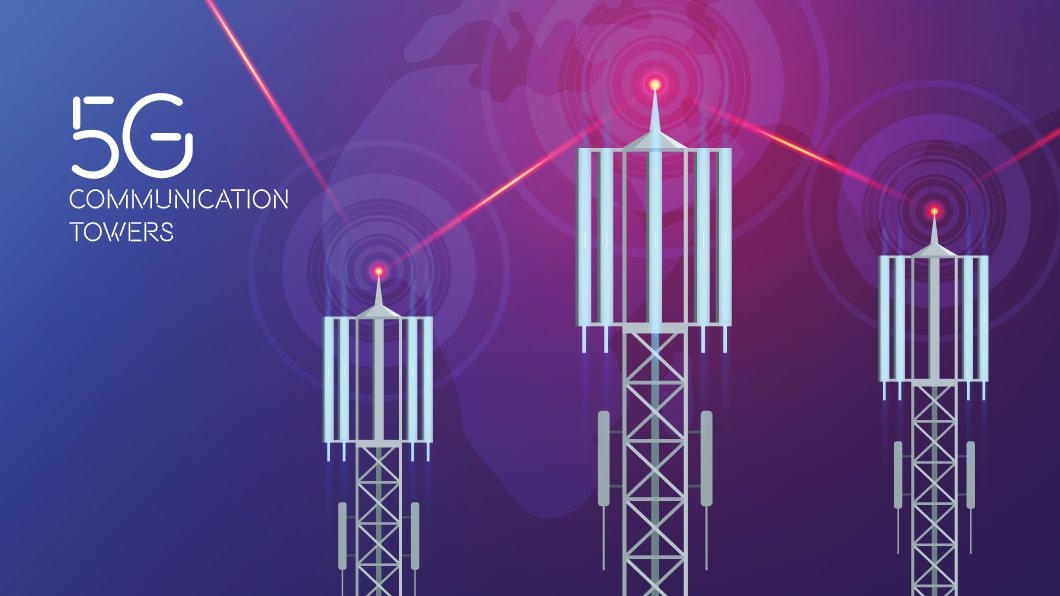
5G Technology and its Potential in Transforming Communication
5G technology is the latest advancement in wireless communication, offering unprecedented speed, capacity, and low latency. It has the potential to revolutionize the way we connect and communicate in a variety of industries. In this article, we will explore the concept of 5G technology, its key features, and the transformative impact it can have on communication.
Understanding 5G Technology
5G, short for the fifth generation, is the next evolution in mobile communication standards. It builds upon the capabilities of previous generations, such as 3G and 4G, but introduces several advancements that make it significantly more powerful. 5G networks operate on higher frequency bands, allowing for faster data transmission and greater capacity.
Key features of 5G technology include:
- Higher Speeds: 5G offers significantly faster download and upload speeds compared to previous generations. With peak data rates of up to 10 gigabits per second (Gbps), users can enjoy seamless streaming, quicker downloads, and lag-free gaming experiences.
- Lower Latency: Latency refers to the time it takes for data to travel between a device and the network. 5G technology reduces latency to as low as 1 millisecond (ms), enabling real-time interactions and supporting applications that require instant responsiveness, such as autonomous vehicles and remote surgery.
- Greater Capacity: 5G networks have the ability to handle a massive number of connected devices simultaneously. This high capacity is crucial for supporting the Internet of Things (IoT), where numerous devices need to communicate and share data in real-time.
- Enhanced Connectivity: 5G technology offers improved connectivity even in crowded areas. It uses advanced antenna systems, such as Massive MIMO (Multiple Input Multiple Output), which enables multiple connections and enhances network coverage.
Transformative Impact of 5G on Communication

The deployment of 5G technology has the potential to transform communication in various ways:
- Ultra-Fast Mobile Internet
With 5G, users can experience incredibly fast mobile internet speeds, enabling seamless streaming of high-definition videos, rapid file downloads, and uninterrupted browsing. This opens up new possibilities for immersive media experiences, cloud gaming, and real-time content consumption. - Internet of Things (IoT) Connectivity
5G’s high capacity and low latency make it an ideal communication platform for the IoT. It can support a massive number of connected devices simultaneously, facilitating seamless communication and data exchange between devices. This allows for the widespread adoption of smart home automation, industrial automation, and smart city initiatives. - Enhanced Virtual and Augmented Reality (VR/AR) Experiences
The high-speed and low-latency capabilities of 5G technology enhance VR/AR experiences, making them more immersive and responsive. Users can enjoy realistic virtual environments, interactive augmented reality applications, and remote collaboration with virtually no perceptible lag. - Telecommunications and Remote Work
5G technology enables high-quality video conferencing and remote collaboration, providing a seamless communication experience for remote workers. The low latency and reliable connectivity offered by 5G enhance real-time communication, making it feel as if all participants are in the same room. - Emerging Technologies
5G opens doors for emerging technologies such as autonomous vehicles, drones, and smart transportation systems. The ultra-low latency of 5G enables real-time communication and coordination between vehicles, leading to safer and more efficient transportation networks. - Healthcare and Telemedicine
In the healthcare sector, 5G technology can facilitate telemedicine services, remote patient monitoring, and virtual consultations. The high bandwidth and low latency of 5G enable real-time transmission of medical data, high-resolution imaging, and remote surgeries, enhancing access to healthcare services and improving patient outcomes. - Smart Cities and Infrastructure
5G technology plays a vital role in the development of smart cities by enabling smart infrastructure and services. It supports real-time monitoring and control of critical systems, such as traffic management, energy grids, and waste management, leading to more efficient resource utilization and improved quality of life for residents. - Enhanced Emergency Services
5G’s low latency and high reliability make it ideal for emergency services. It enables faster communication and response times, enhances situational awareness through real-time video streaming and location tracking, and supports the integration of emerging technologies, such as drones and robotics, in emergency situations. - Industrial Automation and IoT
The high capacity and low latency of 5G make it a game-changer for industrial automation. It enables real-time monitoring, control, and optimization of manufacturing processes, leading to increased productivity, reduced downtime, and improved efficiency. The IoT connectivity provided by 5G enhances the integration and coordination of various devices and sensors in industrial environments. - Enabling Innovations
5G technology serves as an enabler for further technological advancements and innovations. It provides the infrastructure needed for the development and deployment of emerging technologies like artificial intelligence (AI), machine learning (ML), and edge computing. These technologies can leverage the speed, capacity, and low latency of 5G to unlock new possibilities in various fields.

Conclusion
5G technology has the potential to transform communication across industries, revolutionizing the way we connect, collaborate, and experience the digital world. With its ultra-fast speeds, low latency, and high capacity, 5G opens doors to innovative applications, enhanced virtual experiences, and seamless connectivity for a wide range of devices. As 5G networks continue to expand, we can expect a future where communication is faster, more reliable, and more immersive than ever before.
FAQs
FAQ 1: When will 5G technology be widely available?
The rollout of 5G technology varies by country and region. Many countries have already begun deploying 5G networks, and its availability is expected to increase significantly in the coming years.
FAQ 2: Will 5G replace 4G?
While 5G is expected to become the dominant mobile communication standard, 4G networks will continue to coexist and provide coverage in areas where 5G infrastructure is not yet available or required.
FAQ 3: Will I need to upgrade my devices to use 5G?
Yes, to utilize 5G technology, you will need a compatible device that supports 5G connectivity. However, older devices will still be able to connect to 4G networks.
FAQ 4: Is 5G safe for human health?
Extensive research has been conducted on the safety of 5G technology, and it has been deemed safe for human health. Regulatory bodies establish safety guidelines and monitor the implementation of 5G networks to ensure compliance.
FAQ 5: Can 5G help bridge the digital divide?
5G technology has the potential to bridge the digital divide by providing high-speed connectivity to underserved areas. Its capacity and coverage capabilities can extend internet access to remote regions and improve digital inclusion.














